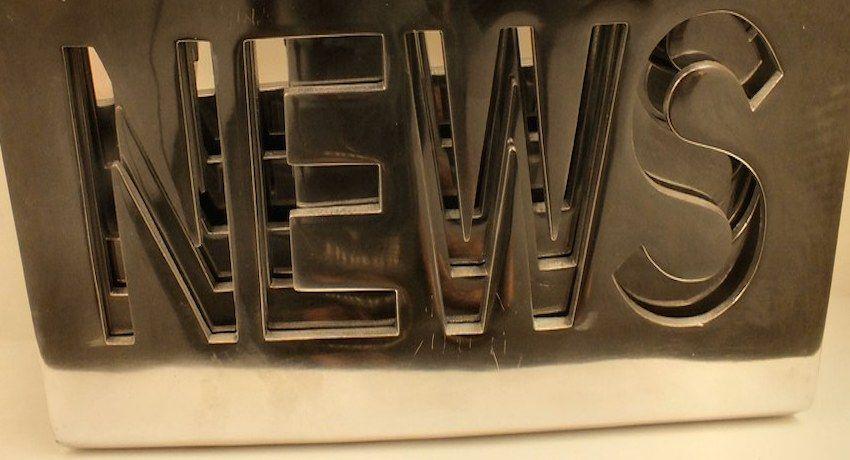
Dr. Martens vs Inditex: the trade dress lawsuit
The well-known UK-based boots brand, Dr. Martens, has won a legal dispute against the fashion retailer Inditex, owner of Pull&Bear stores.
Dr. Martens sued Pull&Bear in 2019 for infringement of its intellectual property rights, since they claimed that the Spanish retailer was commercialising in the U.S. “confusingly similar” boots to the designs produced by Dr. Martens.
From its side, Inditex alleged that the design was generic and therefore the boots commercialised by Dr. Martens did not benefit from protection. As a consequence, no infringement could be appreciated.
Nevertheless, the judge of the Northern District Court of California issued a permanent injunction, prohibiting Pull&Bear from “designing, manufacturing, importing, exporting, distributing, licensing, selling, promoting or offering for sale in the United States” these boots. Concretely, the ban from selling footwear contained in the judgment was referring to Dr. Marten’s trade dress yellow stitching, the grooved sole and the longitudinal ribbing, “a dark color band over a light color on the outer sole edge, and a tab located at the top back heel of footwear”.
The judgement goes further and foresees a prohibition, apart from the above-mentioned elements, for any attempt to commercialise footwear that is “a colorable imitation of or confusingly similar to the Dr. Martens Trade Dress”.
A reminder to our readers that trade dress is a notion very specific to US law (at the crossroads of industrial designs, trade marks and competition law) and does not exist as such in EU IP law.
The judgment can be found here.
Bubbles Dispute
Croatia’s application for the registration of “Prošek” wine as a PDO was recently published in the European Union Official Journal.
Croatia started the procedures for the recognition of the traditional term “Prošek” already in 2013, but it was declined by the European Commission. Recently, a new application was submitted to the European Commission, seeking for the Geographical Indication (GI) or Protected Designation of Origin (PDO) recognition, for their sweet “Prošek” wine.
The term “Prošek” is a translation of the Italian term “Prosecco”, one of the most popular wines worldwide, which is itself a PDO. For this reason, the question arose as to whether the recognition of “Prošek” as a PDO could cause a risky conflict with the Italian PDO “Prosecco”.
Italian “Prosecco” producers’ associations are clearly opposed to the EU recognition of the Croatian term. They claim that this phonetical similarity between both terms could cause a risk of confusion amongst consumers, since both wines have a similar name. However, the wines are completely different, since the Italian Prosecco is a dry sparkling wine, produced with Glera grapes in the Friuli Venezia Giulia Region, while the Croatian “Prošek” is a sweet dessert wine, that can be either white or red.
The Italian producers support the thesis that coexistence between both designations would be nearly impossible, and will cause a damage to Prosecco’s sales and production. They argue that the purpose of PDO protection is exactly to grant exclusive rights to the rightsholder, preventing others from take advantage from the evocation of their name.
Only time will say if Croatian “Prošek” will be recognised as a PDO, but there are previous decisions which Italy could rely on. As an example, the European Court of Justice ruled for the “Parmisan” case that German producers were banned from producing a kind of cheese, for evoking Parmigiano. Even the “Tokaji” case – this was against Italian winemakers - where Italian producers were forced to stop using the term “Tokaji” for wine, since there was a conflict with the Hungarian PDO for sweet wine. The Italian wine is now called “Friulano”.
Details
- Publication date
- 2 December 2021
- Author
- European Innovation Council and SMEs Executive Agency
